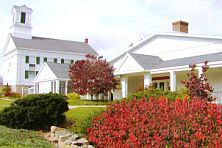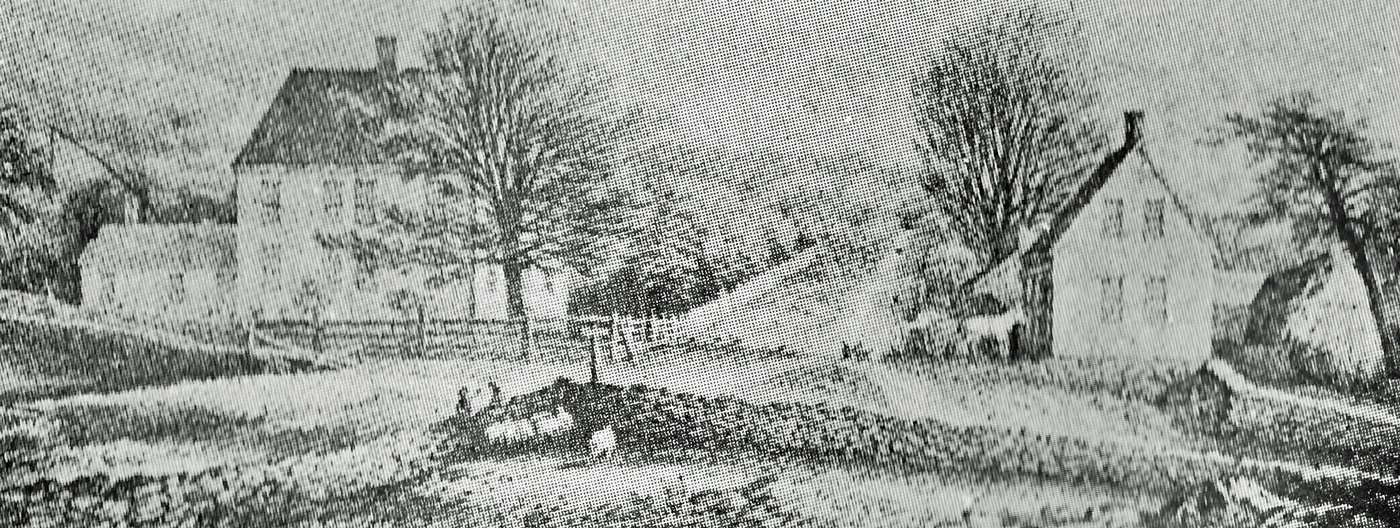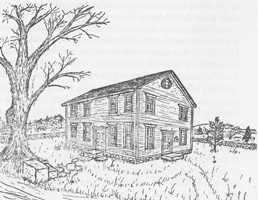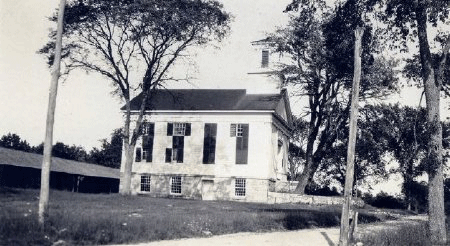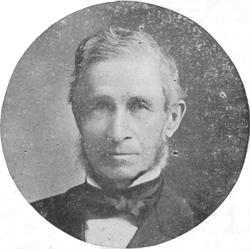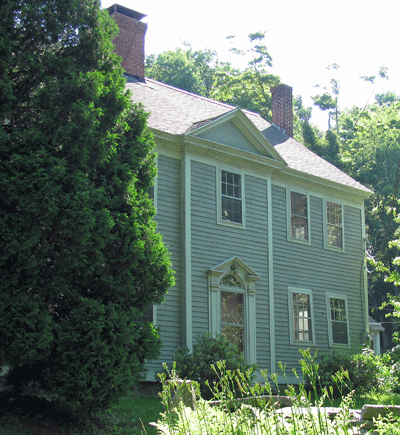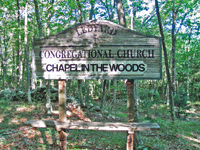In 1725 the official church denomination of the Connecticut colony (the “established” church, i.e, the only allowable denomination) was an organization later known Congregational. It was not until the new state constitution of 1818 that Connecticut finally eliminated the “established” (required) church, although restrictions had gradually eased by then.
Back then, there was no idea of separation of church and state. An area wishing to start a new church needed the permission of the CT General Assembly, who could grant permission to establish a new ecclesiastical society. These societies had the responsibility of raising funds (usually through taxation), hiring a minister and providing a place to worship. The church itself did not deal with financial matters, leaving this to the society.
In the 20th century, most ecclesiastical societies were folded into the churches and their responsibilities were taken over by a Board of Trustees or similar group. Ledyard Congregational Church, however, still has its ecclesiastical society, with the responsibility of managing the property of our church. Today, any man or woman from the church is welcome to join the Society, attend the meetings and vote on the property issues of the day.

